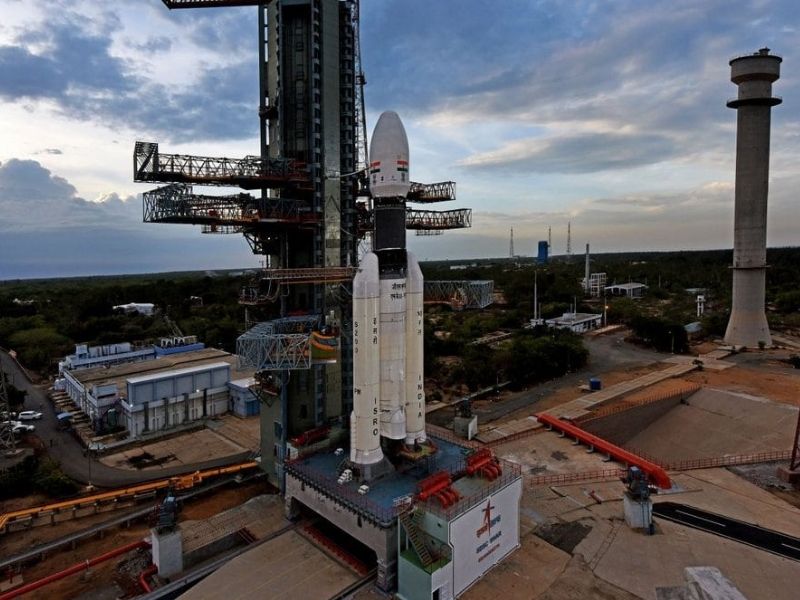In a yet another major development in the Indian space arena, Chandrayaan-2 was launched from the Satish Dhawan Space Centre at Sriharikota in Nellore district of Andhra Pradesh today. The 20-hour countdown for the launch of India’s second lunar exploration mission began on Sunday evening. This is the second attempt at the launch, while the first attempt was made on 15 July and was aborted due to technical glitch. On this occasion let us know a few facts about the Chandrayaan 2 mission.
Developed by the Indian Space Research Organisation (ISRO), it is the India’s second lunar exploration mission after Chandrayaan-1.
Mission Chandrayaan-2 was launched by a Geosynchronous Satellite Launch Vehicle Mark III (GSLV Mk III).
Chandrayaan-2 consists of three components: the orbiter, the lander and the rover.
Once Chandrayaan-2 reaches the moon, the orbiter will enter into an orbit around the satellite.
The orbiter will continue revolving around the moon for a year and will perform experiments to study the satellite’s outer atmosphere.
In the first week of September, the lander — named Vikram -— will detach from the orbiter and fly towards the moon.
Around the 6 September, Vikram will land near the moon’s South Pole, which is not achieved by any other country.
Once Vikram lands on the Moon, the rover Pragyaan will roll out on to the lunar surface.
Pragyaan will then carry out surface and sub-surface experiments for one lunar day, which is equal to around 14 Earth days.
It will also perform orbit-raising operations followed by trans-lunar injection using its own power.
The main objective of the mission is to map the location and abundance of lunar water.
Chandrayaan-2 will inform the abundance of lunar water for exploitation by the future lunar base. It will also examine the satellite’s outer atmosphere.
The other objective of Chandrayaan-2 is to demonstrate the ability to soft-land on the lunar surface and operate a robotic rover on the surface.
The launch of Chandrayaan-2 was originally scheduled for 14 July 2019. Due to a technical glitch on the launcher it was cancelled 56 minutes before launch.
The successful landing of this mission will make us the fourth nation to achieve a soft landing on the moon.
Posted in National
























